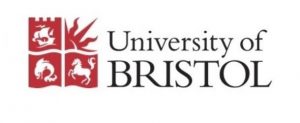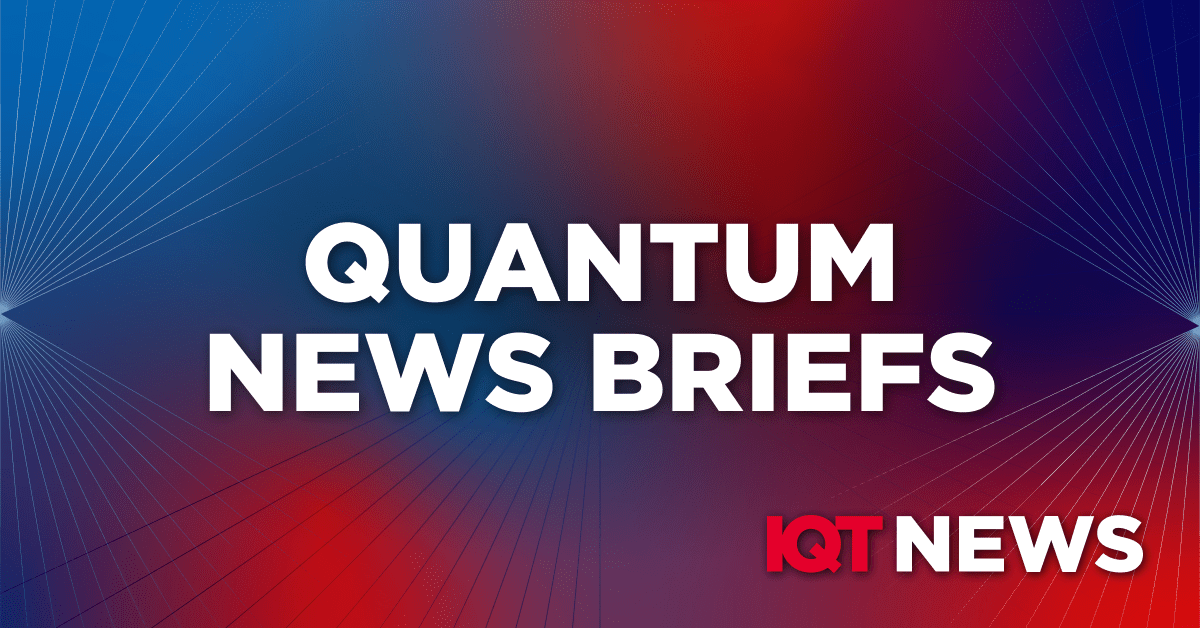 Zoom Video Communications, Inc. announced May 22 that post-quantum end-to-end encryption (E2EE) is now globally available for Zoom Workplace, specifically Zoom Meetings, with Zoom Phone and Zoom Rooms coming soon. The launch of the new security enhancement makes Zoom the first UCaaS company to offer a post-quantum E2EE solution for video conferencing. Click here to read requirements for Post-Quantum End-to-End Encryption on Zoom.
Zoom Video Communications, Inc. announced May 22 that post-quantum end-to-end encryption (E2EE) is now globally available for Zoom Workplace, specifically Zoom Meetings, with Zoom Phone and Zoom Rooms coming soon. The launch of the new security enhancement makes Zoom the first UCaaS company to offer a post-quantum E2EE solution for video conferencing. Click here to read requirements for Post-Quantum End-to-End Encryption on Zoom.
When users enable E2EE for their meetings, Zoom’s system is designed to provide only the participants with access to the encryption keys that are used to encrypt the meeting. This is the behavior for both post-quantum E2EE and standard E2EE.
Because Zoom’s servers do not have the necessary decryption key, encrypted data relayed through Zoom’s servers is indecipherable. In addition, to defend against “harvest now, decrypt later” attacks, Zoom’s post-quantum E2E encryption uses Kyber 768, an algorithm being standardized by the National Institute of Standards and Technology (NIST) as the Module Lattice-based Key Encapsulation Mechanism, or ML-KEM, in FIPS 203.
In Other News: CRN reports on IBM CEO Krishna’s “moment of pride” about quantum computing
 IBM CEO Arvind Krishna’s delivered the keynote address at IBM Think 2024 Tuesday, May 21. He spoke of AI, new products and quantum computing. Click here to read CRN’s Mark Haranas coverage of entire speech.
IBM CEO Arvind Krishna’s delivered the keynote address at IBM Think 2024 Tuesday, May 21. He spoke of AI, new products and quantum computing. Click here to read CRN’s Mark Haranas coverage of entire speech.
Krishna commented at “There is a topic that is dear to my heart. .. . just coming around the corner is quantum computing. I think quantum computing provides great potential for what we can all get done. First, a moment of pride.
We have built over 70 actual quantum computers. These systems have been deployed globally over the last half-dozen years or so. We have 250-plus organizations who participate very actively hands-on in our quantum network. Some of you are in the room.People have run over 3 trillion individual experiments on our quantum systems over the last many years. I think that speaks to the reality of these technologies.”
What’s the promise? There are problems that classical computers can never solve. I’m making a very strong statement there when I say ‘never.’ We look at problems around fertilizers, food supply, new materials, financial risk. These are issues that quantum computers will be able to solve in the next three to five years. That is something which really excites us.”
In Other News: Uof Bristol researchers integrate world’s tiniest quantum light detector onto silicon chip
 Researchers at the University of Bristol have made an important breakthrough in scaling quantum technology by integrating the world’s tiniest quantum light detector onto a silicon chip.
Researchers at the University of Bristol have made an important breakthrough in scaling quantum technology by integrating the world’s tiniest quantum light detector onto a silicon chip.
Researchers at the University of Bristol have demonstrated a type of quantum light detector that is implemented on a chip with a circuit that occupies 80 micrometers by 220 micrometers with a circuit that occupies 80 micrometers by 220 micrometers.
Critically, the small size means the quantum light detector can be fast, which is key to unlocking high-speed quantum communications and enabling high-speed operation of optical quantum computers. The use of established and commercially accessible fabrication techniques helps the prospects for early incorporation into other technologies such as sensing and communications. The academic paper, “A Bi-CMOS electronic photonic integrated circuit quantum light detector,” was published in Science Advances.






















